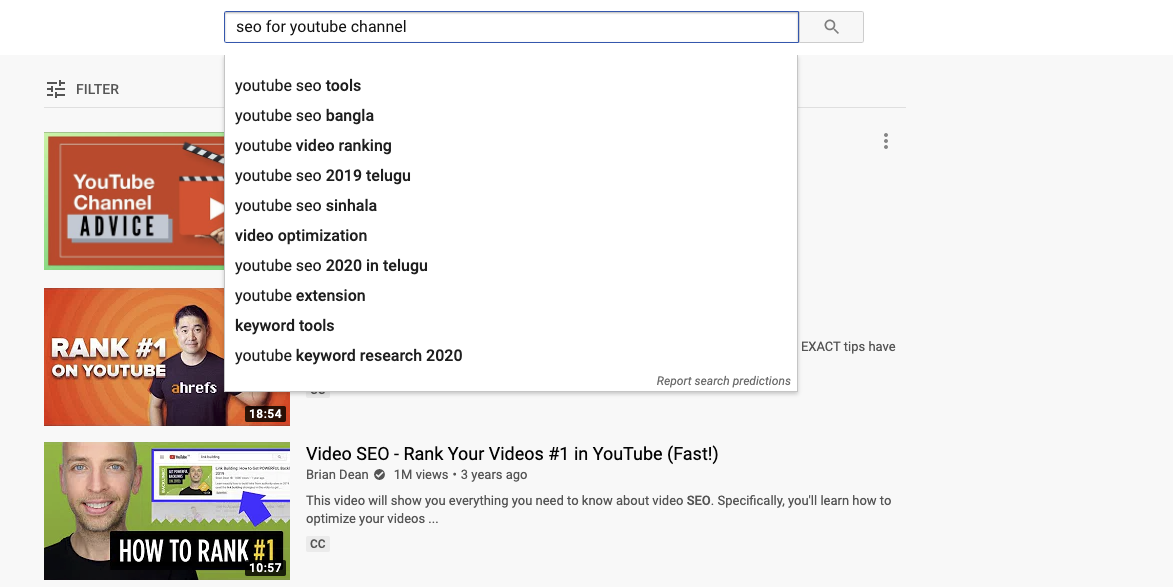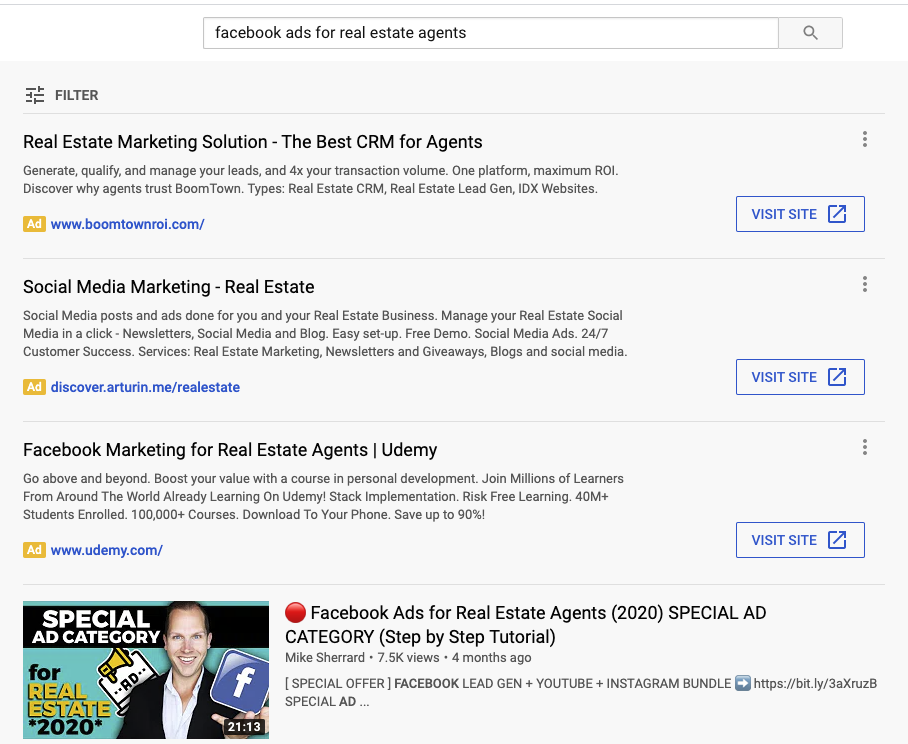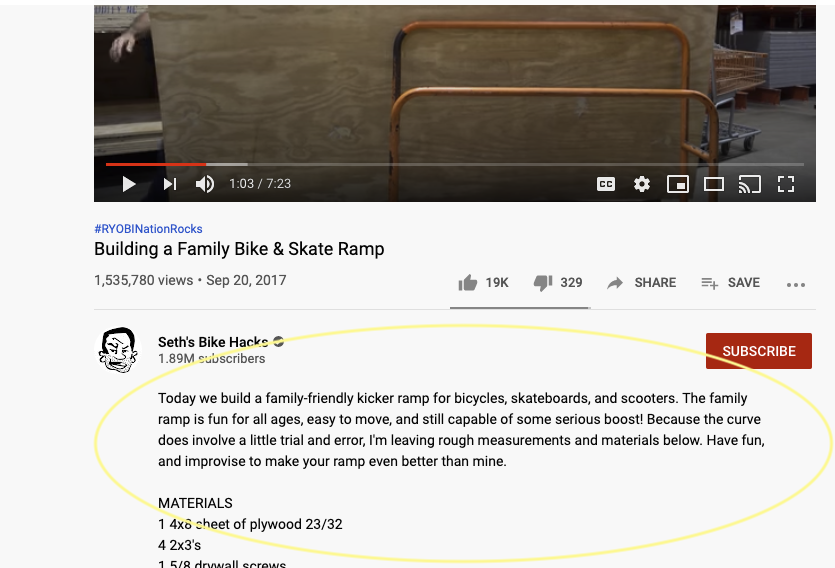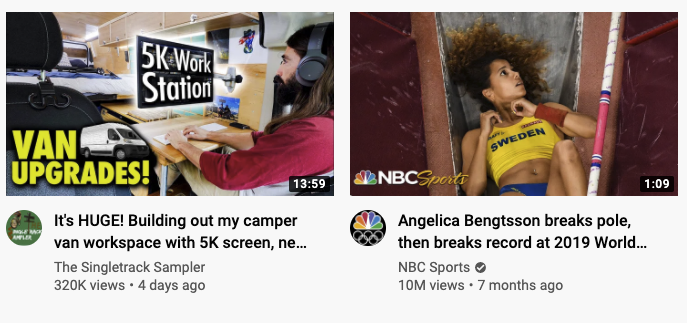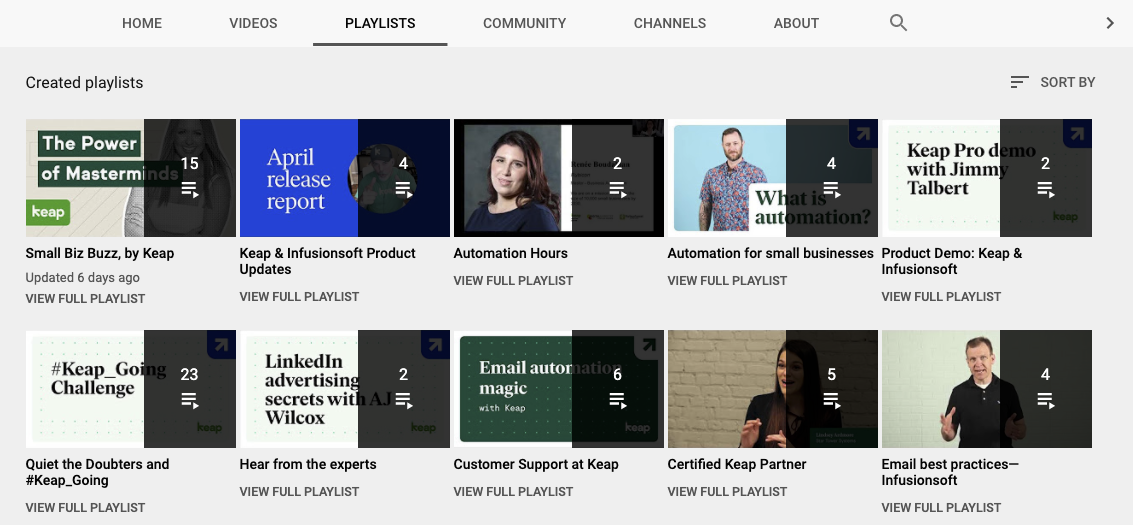YouTube SEO: 12 Ways to Optimize YouTube Videos
YouTube is many things. It’s a place to share your creativity with the world. A platform for aspiring artists to garner fame. A source of unlimited entertainment. It also happens to be the second-largest search engine in the world, behind its parent company – Google.
Luckily for us, a lot of SEO best practices for ranking in Google also apply to ranking in YouTube. Additionally, a well-optimized YouTube video may also appear in Google search results so it’s important to follow the YouTube SEO best practices. If you’re unfamiliar with SEO or YouTube best practices, it may be best to hire a YouTube Ads agency to manage all of your YouTube marketing needs.
Curious to find out more on YouTube SEO? Read on for our top optimization tips.
1. Rename your video file to include a target keyword.
If you’re familiar with the SEO best practices for images, then this shouldn’t come as much of a surprise. The same way that naming images for SEO will improve your search engine rankings and website traffic, naming your YouTube videos will have the same effect in YouTube search results. It’s another way to tell YouTube’s algorithms what this video is about so that they can display it accordingly.
2. Naturally Insert your keyword in the title of the video.
Although you may have a target keyword in mind that you want to rank for, it’s important that it matches when a viewer will be searching on YouTube. Research conducted by Backlinko found that videos with an exact keyword match in the title have only a slight advantage over those that don’t.
I’ve mentioned targeting keywords a bit but exactly how do you conduct keyword research for YouTube? YouTube keyword research has a whole new set of keyword research tools. There are a few to choose from but I recommend VidIQ to find new keywords, tags, and categories for your YT video.
3. SEO-Optimize your video description.
YouTube uses your video description to understand what the video is about. A well-optimized description can boost your video’s rankings in YouTube search and Suggested Video. According to SearchEngineJournal, “More than 70% of YouTube watch time comes from mobile devices, so you need a mobile-first strategy for suggested videos.”
If you do choose to write a longer description, keep in mind that YouTube only displays the first two or three lines of text — that amounts to about 100 characters
4. Transcribe your video and include the transcription in the description.
This is another best practice that comes from Google SEO. Transcribing the video and including it in the description allows you to add a lot more indexable content to your YouTube video page. This way you can be discovered for a lot more content than was originally included in the description. The best part is that YouTube automatically transcribes all videos, you just need to edit it and include it in the description.
5. Tag your video with SEO-optimized relevant tags.
YouTube’s official Creator Academy suggests including tags to let viewers know what your video is about. Just like normal SEO, you’re not just informing your viewers — you’re also informing YouTube itself.
Don’t use irrelevant tags because you think you’ll get more views – Google might penalize you for that.
According to VidIQ, “58% of viewers arrive at your videos because of YouTube Search and Related Videos. We’ll help you increase your library of tags by 10x in less than 10 minutes, and discover content opportunities you’re missing out on.”
6. Categorize your video.
After you upload your video, you can categorize it under “Advanced settings.” Choosing a category is another way to group your video with similar content on YouTube so it ends up in other playlists and gains exposure to more viewers who identify with your audience. If you’re a musical artist, this is similar to adding a genre to your music with the hopes that Spotify will include it in a genre-specific playlist. You don’t want a country song to appear on a hip hop playlist so it’s important that you categorize your video correctly.
Look at some of the top creators within the category. Research what they’re known for and see what they do well and how you can replicate their success and make it your own. Figure out if your video fits into this category before categorizing it.
Try to look for patterns between audiences to discover new categories and content ideas.
Also, make sure that your video production quality is on par with some of the other videos in the category. If you accidentally
7. Promote your video.
A lot of the YouTube ranking factors depend on how much engagement your video is receiving. YouTube algorithms take into account how many comments your video has, how many views your video has, how many upvotes it has, and how many views it has. By sending your video out to friends on Facebook or an email list, this will help speed up the process and show YouTube that people are interested in your video.
8. Upload a custom thumbnail.
The Creator Academy reports that “90% of the best performing videos on YouTube have custom thumbnails,” recommending the use of images that are 1280×720 pixels — representing a 16:9 ratio — that are saved as 2MB or smaller .jpg, .gif, .bmp, or .png files. If you follow those parameters, it can help to ensure that your thumbnail appears with equally high quality across multiple viewing platforms.
Choose a great thumbnail that teases a great scene from the video and makes people want to click on it.
9. Use an SRT File to add subtitles & closed captions.
Subtitles and closed captions can improve YouTube search visibility and improve the user experience by highlighting important keywords. The more visually appealing the video is, the more likely it is to be organically shared with friends, thus improving your YouTube rank.
To add subtitles or closed captions to your video, you need to upload a text transcript or subtitles file. I recommend reading the Creator Academy caption guidelines if this is your first time doing so.
10. Add Cards and End Screens to increase your YouTube channel’s viewership.
Cards
When you’re watching a YouTube video, have you ever seen a small white, circular icon with an “i” in the center appear in the corner of your video? Or a translucent bar of text asking you to subscribe? Those are Cards, which Creator Academy describes as “preformatted notifications that appear on desktop and mobile which you can set up to promote your brand and other videos on your channel.”
You can add up to five cards to a single video, and there are six types:
- Channel cards send viewers to another channel
- Donation cards to encourage fundraising on behalf of a U.S. nonprofit
- Fan cards to ask viewers to help support you
- Link cards, which send viewers to external sites
- Poll cards allow viewers to vote on a response
- Video/playlist cards link to other YouTube videos and playlists.
End Screens
End screens display information similar to cards, but they only appear at the end of video. They’re usually a bit more visual and take up the whole screen. If a user watches your whole video, this may be a good time to ask them to subscribe to your YouTube channel to check out more of your videos. This is your chance to persuade viewers why they should go and watch another video in your series.
11. Create playlists
If you have a lot of videos then it’s best to split them up into different playlists to make it easier for your viewers to find them. If you have a lot of videos, then I recommend developing a series of videos that are organically connected so that YouTube will use one of those videos in the Suggested Videos when someone is watching another one of the videos in the series.
12. Great content
This one is a no-brainer so I saved it for the end. It’s also a bit discouraging to click on a post about how to optimize your content only to have it say “create amazing content that people want to share”. Duh. So why did I include it at all? Because content is king now more than ever. Similar to an article or a song, you need to create a compelling intro that will keep your viewers interested.
We’d love to work with you.
Schedule a call with our team and we’ll analyze your videos, SEO, metrics, and business. Then, present a Growth Plan with actionable strategies to help you supercharge your YouTube SEO efforts.

Derek is a digital marketer based in Boston, Massachusetts with almost a decade of hands-on SEO experience. He finds it meaningful, challenging, and exciting to develop, test, and implement new SEO strategies. When he’s not auditing websites and optimizing content he’s usually backpacking and exploring new cultures.

